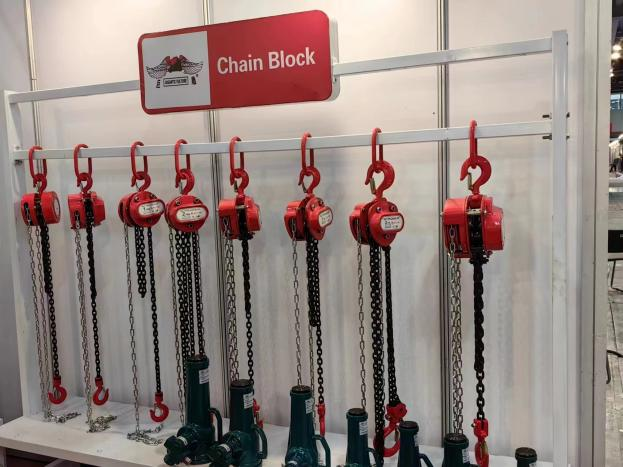


Understanding Lifting Equipment Types, Applications, and Safety Considerations
Lifting equipment plays a critical role in numerous industries, including construction, manufacturing, and logistics. This category of equipment is vital for moving heavy loads safely and efficiently, thus making it indispensable in day-to-day operations. From cranes and hoists to forklifts and aerial lifts, various types of lifting equipment are designed to cater to different operational needs. In this article, we will explore the types of lifting equipment, their applications, and essential safety considerations.
Types of Lifting Equipment
1. Cranes Cranes are among the most recognizable types of lifting equipment. They come in various forms—tower cranes, mobile cranes, and overhead cranes, to name a few. Tower cranes are commonly used in the construction of high-rise buildings, while mobile cranes provide portability and can be easily relocated to different sites.
2. Hoists Hoists are devices used for lifting or lowering a load, typically utilizing a chain or wire rope. Electric and manual hoists operate on different principles but serve similar functions. They are prevalent in warehouses for lifting heavy boxes or equipment to higher locations.
3. Forklifts Forklifts are versatile vehicles designed for transporting materials over short distances. They are equipped with forks that can be raised and lowered to lift pallets and other heavy objects. Forklifts are common in warehouses, distribution centers, and manufacturing facilities.
4. Aerial Lifts Aerial lifts, including scissor lifts and boom lifts, are used to elevate workers and equipment to significant heights. These lifts are essential for tasks such as maintenance, construction, and window cleaning in tall buildings.
5. Conveyor Systems While not always thought of as lifting equipment, conveyor systems play a crucial role in material handling. They transport materials through a series of belts and rollers, effectively moving heavy items without the need for manual lifting.
Applications of Lifting Equipment
Lifting equipment finds application across a spectrum of industries. In construction, cranes and hoists are indispensable for moving heavy materials, such as steel beams and concrete blocks, to various heights. In manufacturing, forklifts streamline the loading and unloading of goods, enhancing production efficiency. Warehousing operations rely heavily on hoists and conveyor systems to manage large volumes of inventory efficiently.

Moreover, the film and entertainment industry utilizes specialized lifting equipment to create dynamic visuals. A variety of cranes and aerial lifts help set up stage productions and film sets where equipment must be raised or positioned at specific heights. In maintenance scenarios, aerial lifts allow technicians to reach difficult spots for repairs.
Safety Considerations
While lifting equipment is essential, it also poses potential hazards if not handled properly. Thus, safety is paramount. Here are some key safety considerations
1. Training and Certification Operators must receive proper training and certification in the use of lifting equipment. Knowledge of operating procedures, load limits, and safety protocols is crucial to prevent accidents.
2. Regular Inspections and Maintenance Consistent inspections and maintenance of lifting equipment can help identify wear and tear before they lead to malfunctions. Regular upkeep ensures that equipment operates reliably and safely.
3. Load Capacity Awareness Understanding the load capacity of lifting equipment is vital. Overloading can lead to equipment failure and catastrophic accidents. Operators must adhere strictly to weight limits.
4. Personal Protective Equipment (PPE) Operators and on-site personnel should wear appropriate PPE, including helmets, gloves, and safety footwear, to minimize injury risk.
5. Environmental Considerations The working environment should be assessed for hazards such as overhead power lines, uneven ground, or obstacles that could impede safe operation.
Conclusion
Lifting equipment is an essential component of many industries, providing solutions for moving heavy loads safely and efficiently. With various types of lifting devices available, organizations can choose the right equipment tailored to their specific needs. However, embracing best practices in safety and training is crucial to mitigate risks associated with lifting operations. By prioritizing safety and proper maintenance, companies can unlock the full potential of their lifting equipment while ensuring the well-being of their workers.



